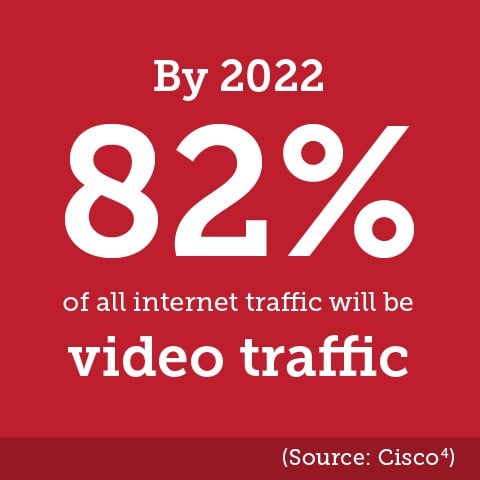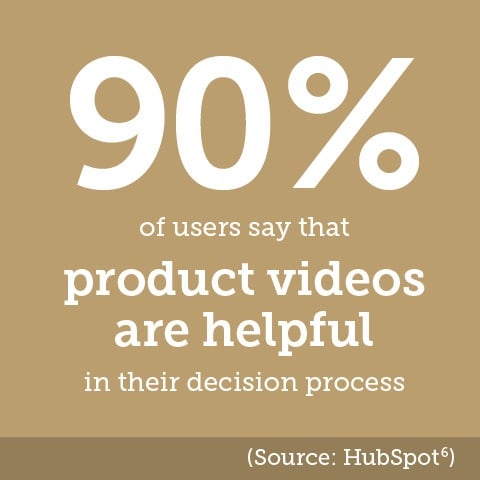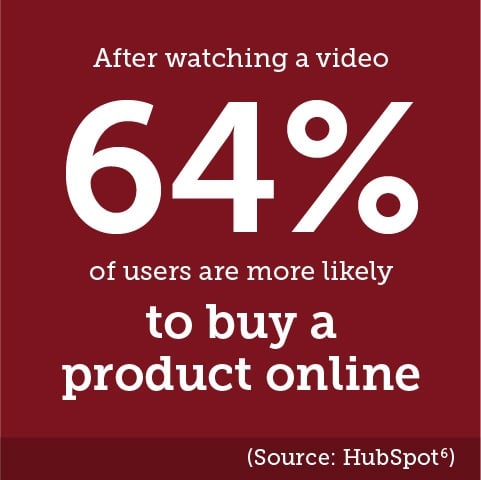Why Brands Can’t Afford to Ignore Video
According to recent surveys, over 80% of brands use video as part of their marketing strategy, taking advantage of the 1.5 hours of online video content that the average person consumes across platforms every day.1 The importance of video content is only increasing, and impressive statistics abound (see graphic below); for example, there are over 1.3 billion YouTube users who watch over 5 billion videos every day.2 Video content is now an integral branding tool and a key part of many marketing plans, and as video production and distribution costs decrease, the ways in which video is being used are expanding. When asked what content type consumers want to see more of from marketers in the future, video comes out on top.3
Brands are increasingly using video as more than purely a promotional vehicle. They now connect with their customers in other ways from instructional videos and animated advice to sponsored content experiences. These approaches build their brand’s value through increasing trust and authenticity as well as easing customer pain points. Leaders are also using video in internal communication, taking advantage of video storytelling to boost branding across their organization.




Video has significant reach even amongst the least engaged customers, especially when the content is done right. The best videos create compelling stories that provide useful and interesting information, building trust between customers and brands. Video can be widely disseminated across platforms and channels, including the ever-growing mobile sector. With the continued rise of social media engagement, video content is a highly effective way to reach customers with a variety of message types.
Video marketing can be done affordably with a fast turnaround, but also has to be done thoughtfully, strategically and creatively, taking advantage of shifting expectations around scale and budget. Consumer expectations are also evolving, influencing video format and approach. For example, unlike traditional 30-second commercial spots, the trend has shifted to 6-second “preroll” that airs before streaming video, increasing the importance of short, key messages. Influencer videos continue to drive traffic, as does video embedded into email campaigns. Virtual and augmented reality are also rising trends.
For all videos, be sure to keep your message short and clear, with additional stackable content for those who are deeply engaged and want more. It doesn’t need to be expensive and flashy, but it does need to fit thoughtfully into your overall brand and marketing strategy. As you consider your marketing strategy going forward, how will you use video to directly engage your customers?
Selected sources:
- Wyzowl; The State of Video Marketing 2018
- YouTube for Press; YouTube by the numbers
- HubSpot Research; Content Trends: Global Preferences
- Cisco Visual Networking Index: Forecast and Trends, 2017–2022
- Social Media Today; Facebook Will Be All Video in 5 Years: Here Are 4 Figures to Prove It
- HubSpot; The Ultimate List of Marketing Statistics for 2018
